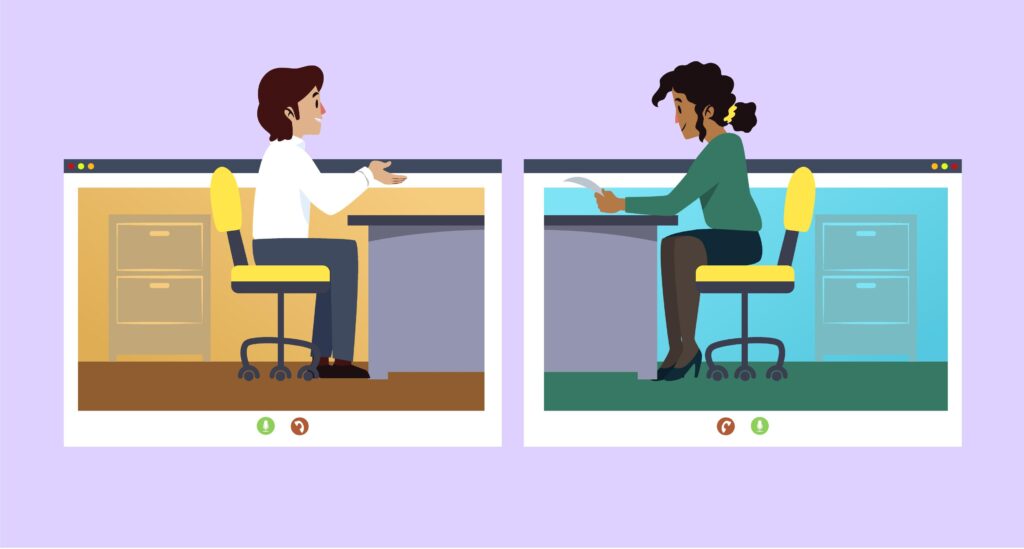The shift to remote work has made team collaboration tools indispensable for modern businesses. Among the many options available, Slack and Microsoft Teams have emerged as two of the most widely used platforms. Both offer robust features for messaging, video conferencing, file sharing, and integrations, but they cater to different needs and workflows.

Choosing between Slack and Microsoft Teams depends on several factors, including team size, existing software ecosystems, communication preferences, and budget. This comprehensive comparison will delve into every aspect of both platforms to help you determine which one is the best fit for your remote team. We’ll examine their interfaces, messaging capabilities, video and audio calling features, integrations, file-sharing options, security measures, pricing structures, and ideal use cases. By the end of this guide, you’ll have all the information needed to make an informed decision.
Slack and Microsoft Teams
What is Slack?
Slack was launched in 2013 as a cloud-based messaging platform designed to replace email for team communication. It quickly gained popularity due to its intuitive interface, real-time messaging, and seamless integration with third-party apps. Slack organizes conversations into channels, which can be public or private, allowing teams to compartmentalize discussions by project, department, or topic.
Key characteristics of Slack include:
- Channel-based communication – Conversations are organized into dedicated spaces.
- Direct messaging – Private chats between team members.
- App integrations – Connects with over 2,400 tools like Google Drive, Zoom, Trello, and Salesforce.
- Customization – Themes, emoji reactions, and custom workflows.
- Search functionality – Powerful search to retrieve past messages and files.
Slack is particularly popular among startups, tech companies, and creative teams due to its flexibility and ease of use.
What is Microsoft Teams?
Microsoft Teams, introduced in 2017, is a unified communication and collaboration platform that is part of the Microsoft 365 suite. It combines chat, video meetings, file storage, and application integration into a single hub. Teams is deeply integrated with Microsoft’s ecosystem, including Office apps like Word, Excel, PowerPoint, and Outlook.
Key characteristics of Microsoft Teams include:
- Team and channel structure – Similar to Slack but with deeper ties to Microsoft 365.
- Built-in video conferencing – Supports large meetings and webinars.
- Document collaboration – Real-time co-editing of Office files.
- Enterprise-grade security – Advanced compliance and data protection features.
- Hybrid work support – Features like Together Mode and live captions enhance remote collaboration.
Microsoft Teams is widely adopted by enterprises, educational institutions, and organizations already using Microsoft 365.
Key Differences at a Glance
| Feature | Slack | Microsoft Teams |
|---|---|---|
| Primary Focus | Messaging & app integrations | Unified communication & Office integration |
| Best For | Startups, tech teams, flexibility | Enterprises, Microsoft 365 users |
| Video Meetings | Basic (up to 50 participants) | Advanced (up to 300 participants) |
| File Collaboration | Limited (needs third-party apps) | Native (Office 365 integration) |
| Pricing | Free plan available, paid tiers | Free plan, bundled with Microsoft 365 |
2. User Interface and Ease of Use
Slack’s Interface and Navigation
Slack’s interface is designed for simplicity and speed. The left sidebar contains:
- Workspaces – Switch between different organizations.
- Channels – Public and private discussion spaces.
- Direct Messages – Private conversations.
- Apps & Integrations – Quick access to connected tools.
The main window displays the selected conversation, with a clean, distraction-free layout. Users can customize themes, set statuses, and use keyboard shortcuts for efficiency.
Pros of Slack’s UI:
- Intuitive for new users.
- Highly customizable with themes and sidebar organization.
- Quick search functionality.
Cons of Slack’s UI:
- Limited built-in tools (relies on integrations).
- Can become cluttered with too many channels.
Microsoft Teams’ Interface and Navigation
Microsoft Teams has a more structured layout, with tabs for:
- Activity – Notifications and updates.
- Chat – Private and group messages.
- Teams – Group workspaces and channels.
- Calendar – Schedule and join meetings.
- Files – Access shared documents.
The interface integrates tightly with Microsoft 365, allowing users to open Word, Excel, and PowerPoint files directly within Teams.
Pros of Teams’ UI:
- All-in-one hub for communication and collaboration.
- Deep integration with Office apps.
- Robust meeting and scheduling tools.
Cons of Teams’ UI:
- Steeper learning curve for new users.
- Can feel overwhelming due to multiple features.
Which is Easier to Use?
- Slack is better for teams that prioritize quick messaging and simplicity.
- Microsoft Teams is ideal for organizations already using Microsoft 365, though it requires some onboarding.
3. Messaging and Communication Features
Slack’s Messaging Capabilities
Slack excels in real-time communication with features like:
- Threaded Replies – Keep conversations organized.
- Emoji Reactions – Quick feedback without cluttering chats.
- Searchable History – Free plan includes 10,000 searchable messages.
- Workflow Builder – Automate routine tasks without coding.
Microsoft Teams’ Messaging Capabilities
Teams offers:
- Inline Translation – Supports real-time message translation.
- Message Prioritization – Urgent messages can be flagged.
- Rich Text Formatting – More options than Slack.
- Deep Office 365 Integration – Edit documents directly in chats.
Comparison of Messaging Features
| Feature | Slack | Microsoft Teams |
|---|---|---|
| Threaded Replies | Yes | Yes |
| Search Function | Excellent | Good, but slower |
| Emoji Reactions | Extensive | Basic |
| Message Formatting | Basic | Advanced (bold, italics, etc.) |

